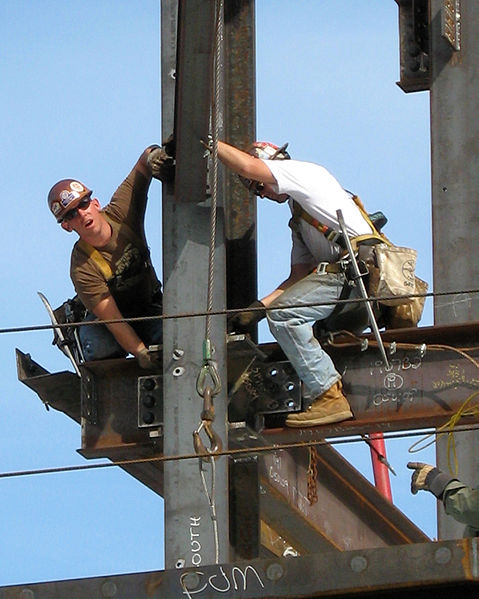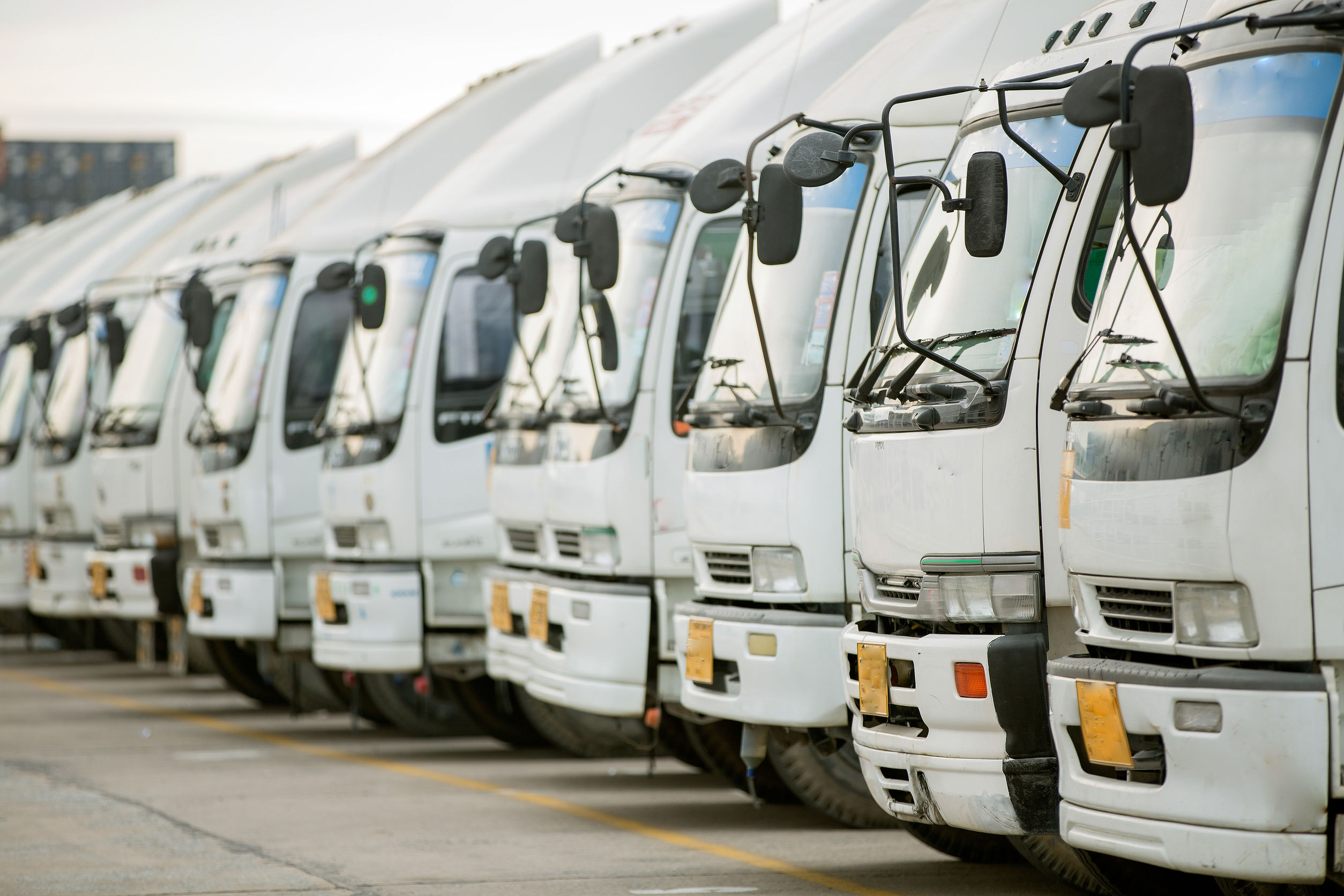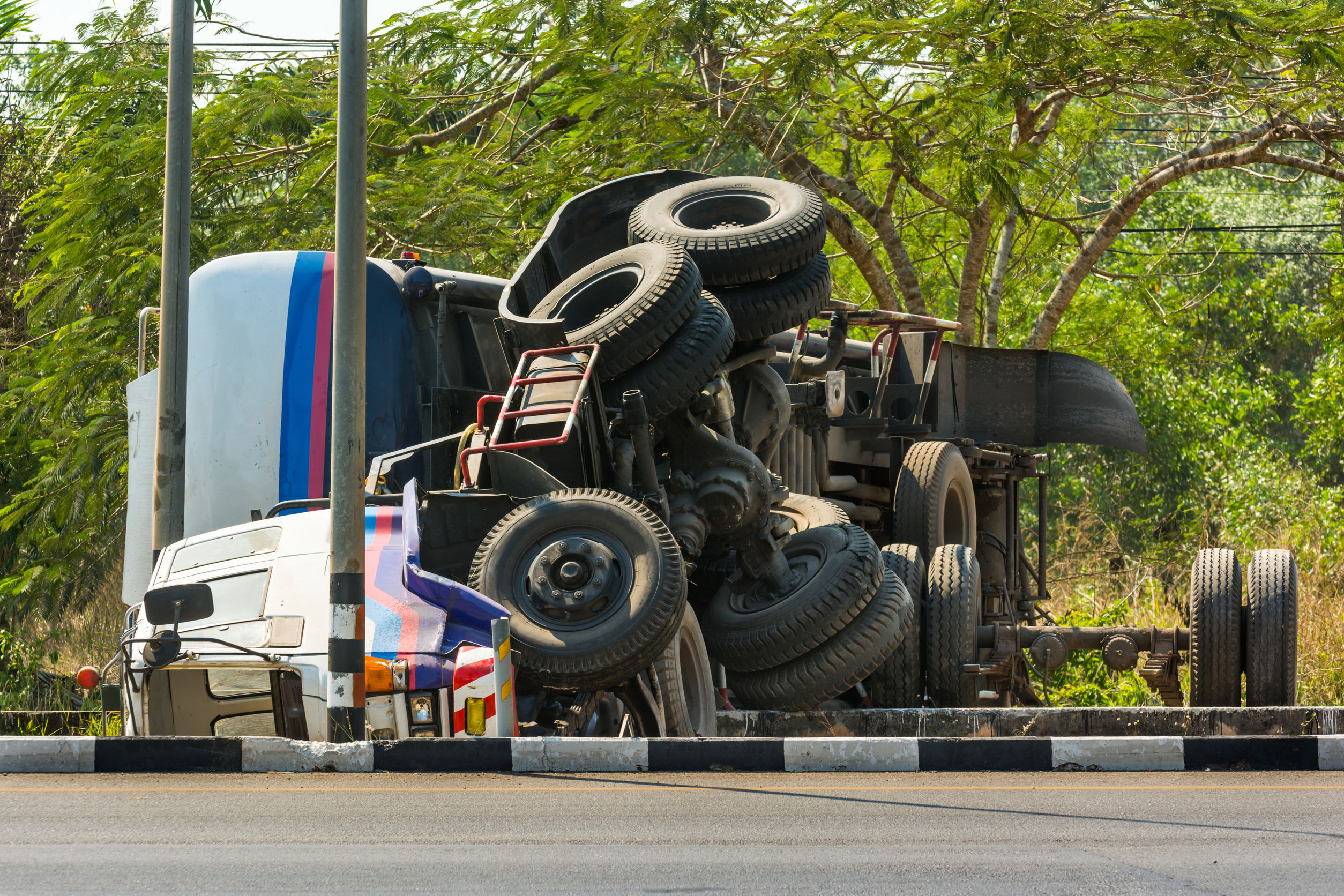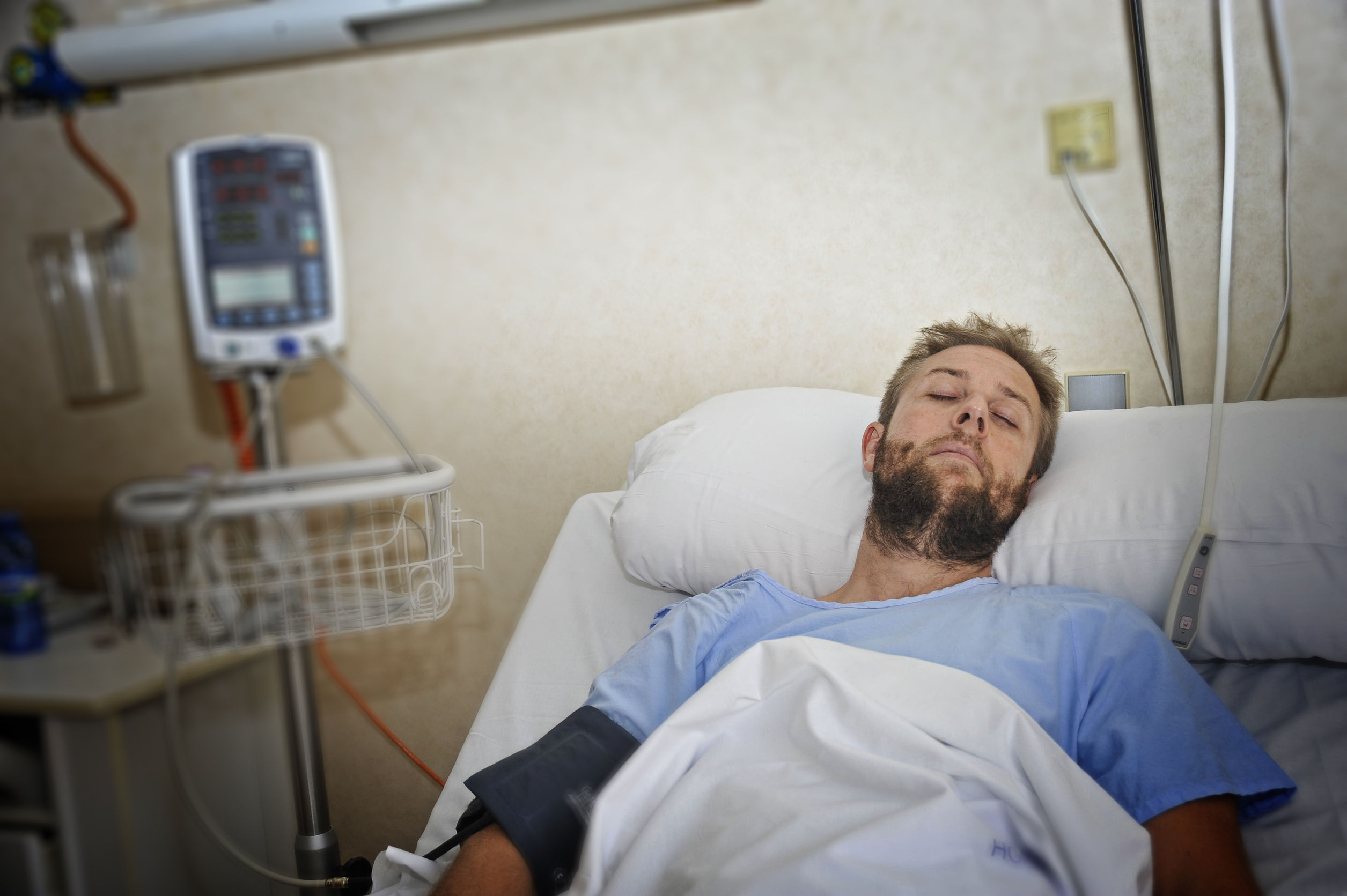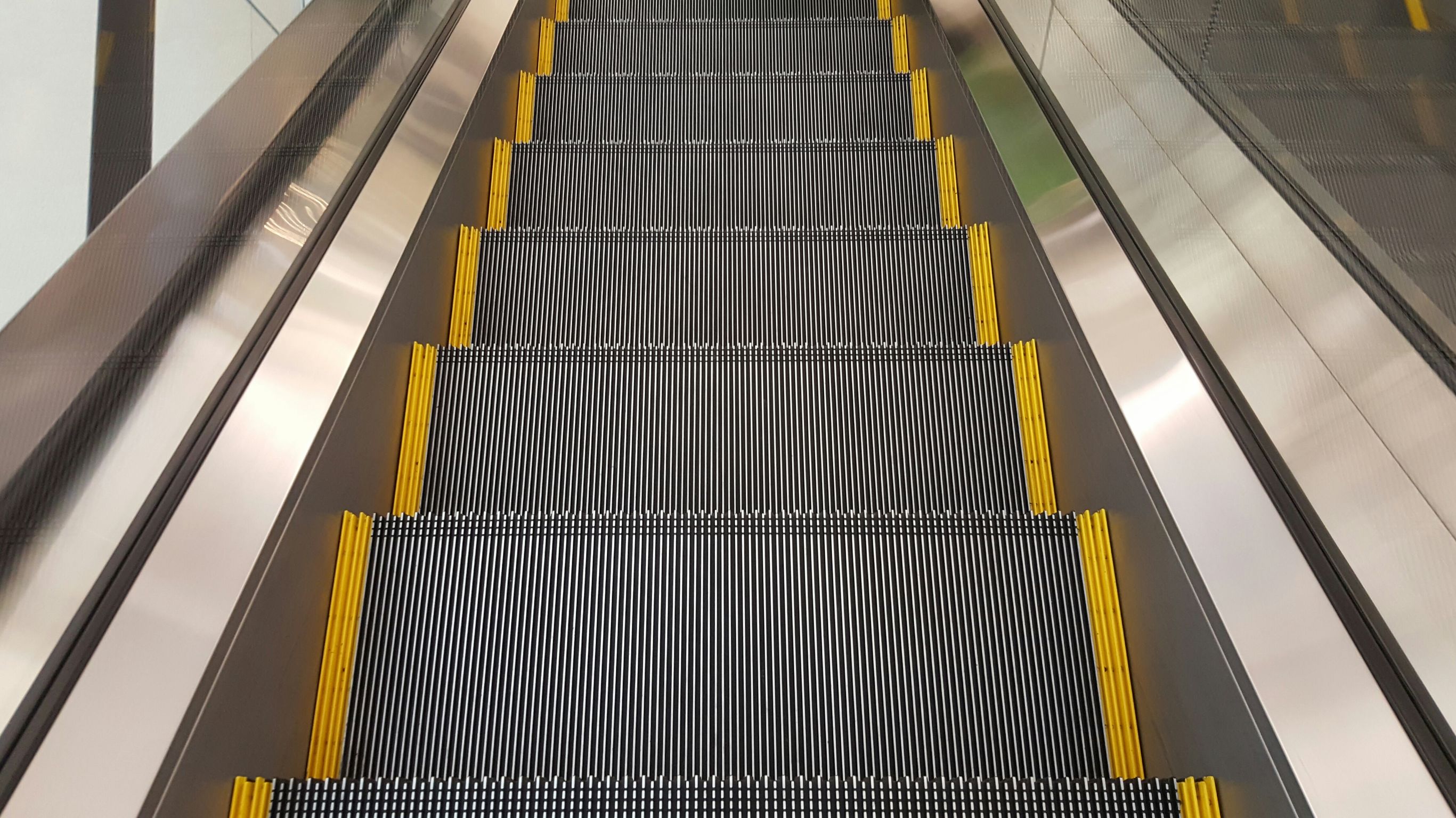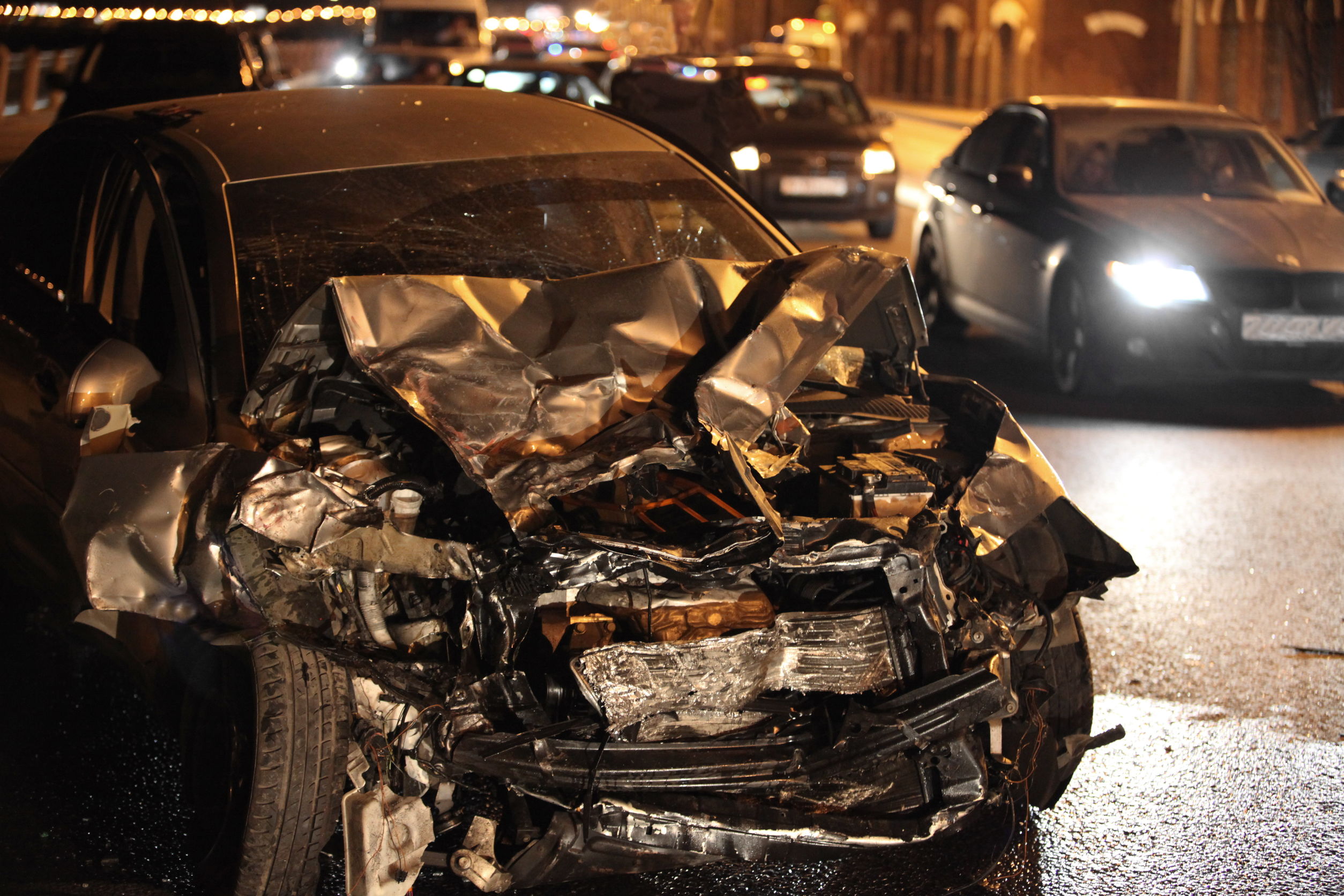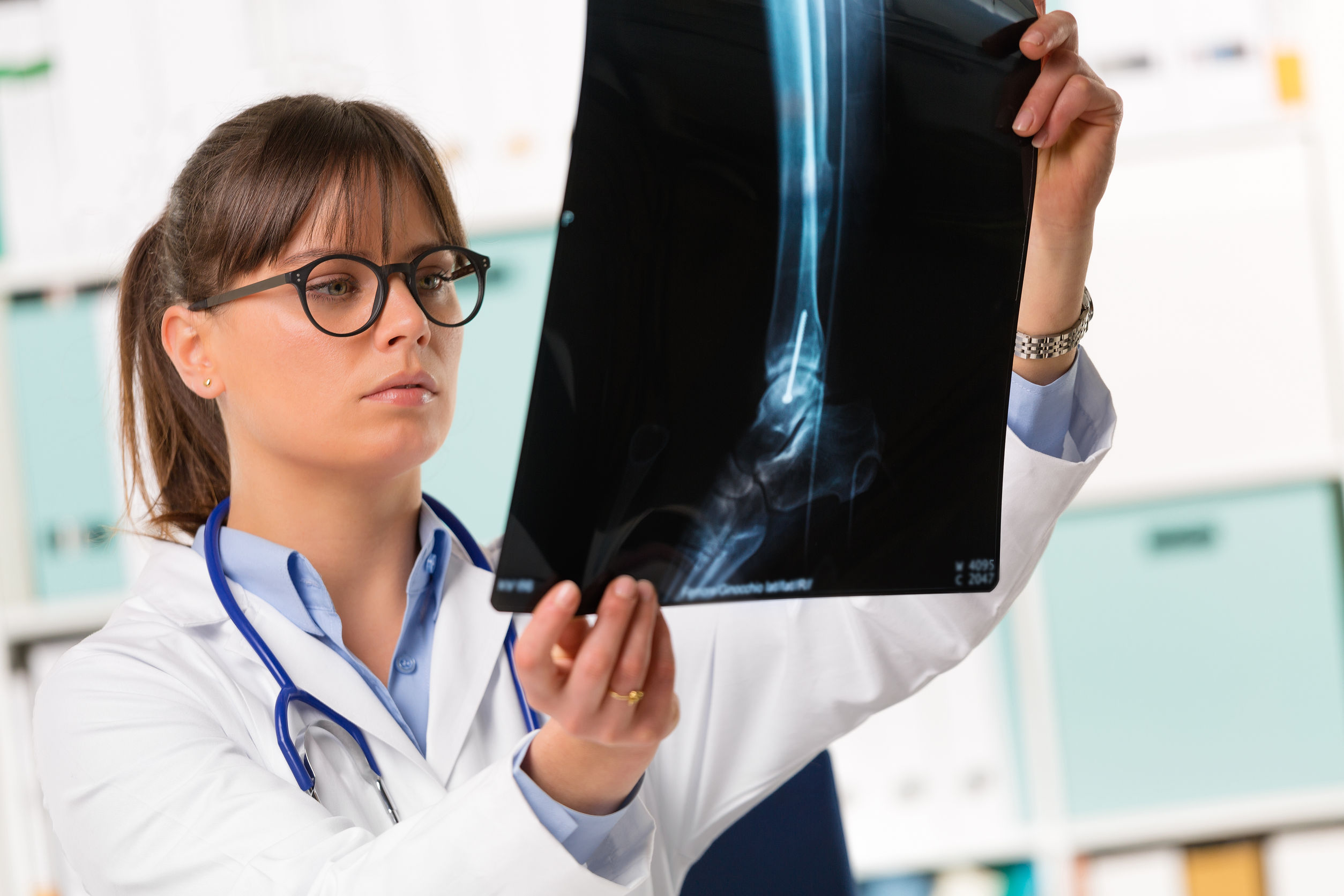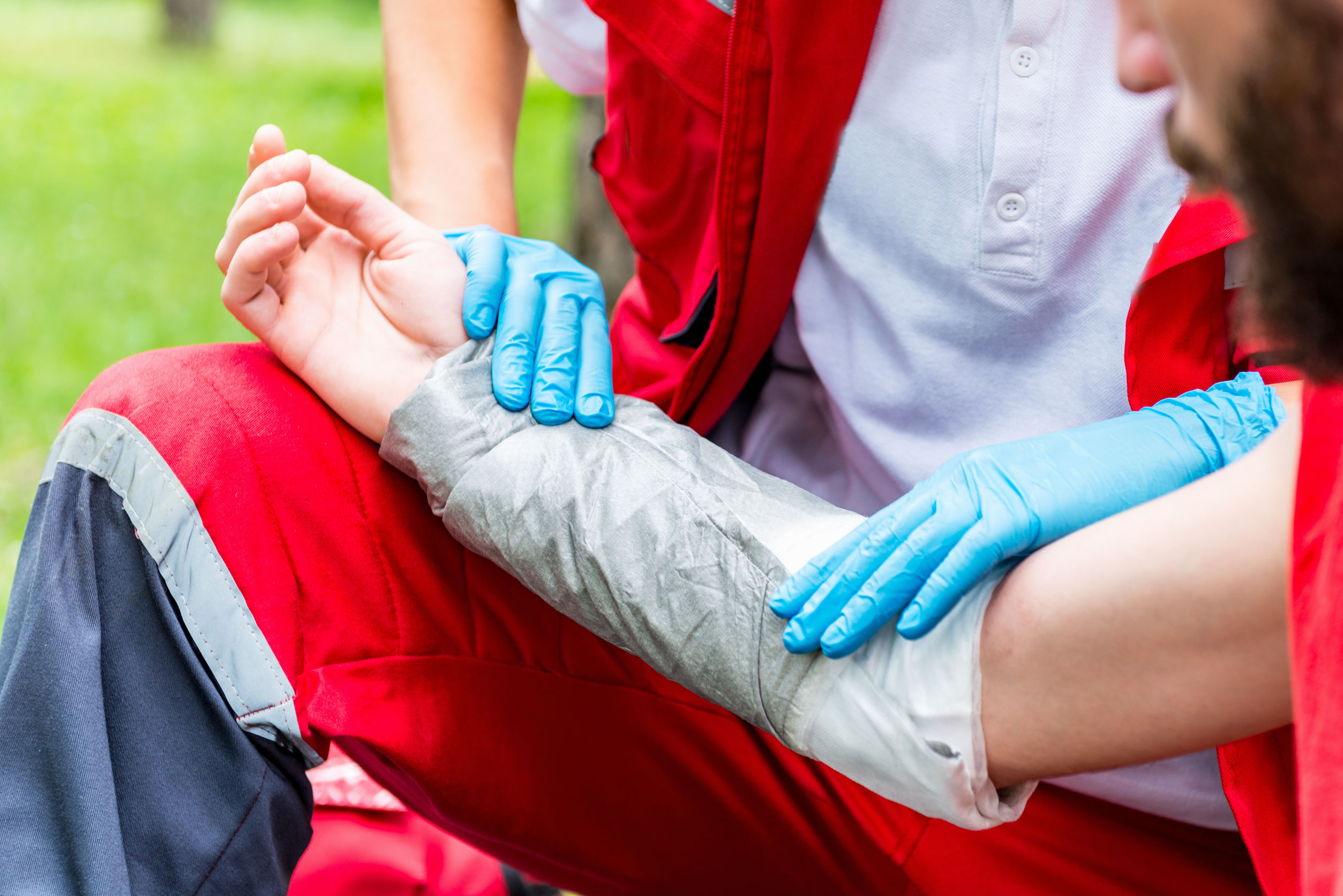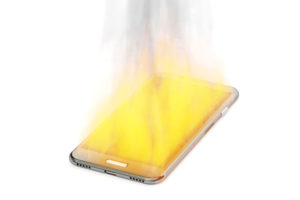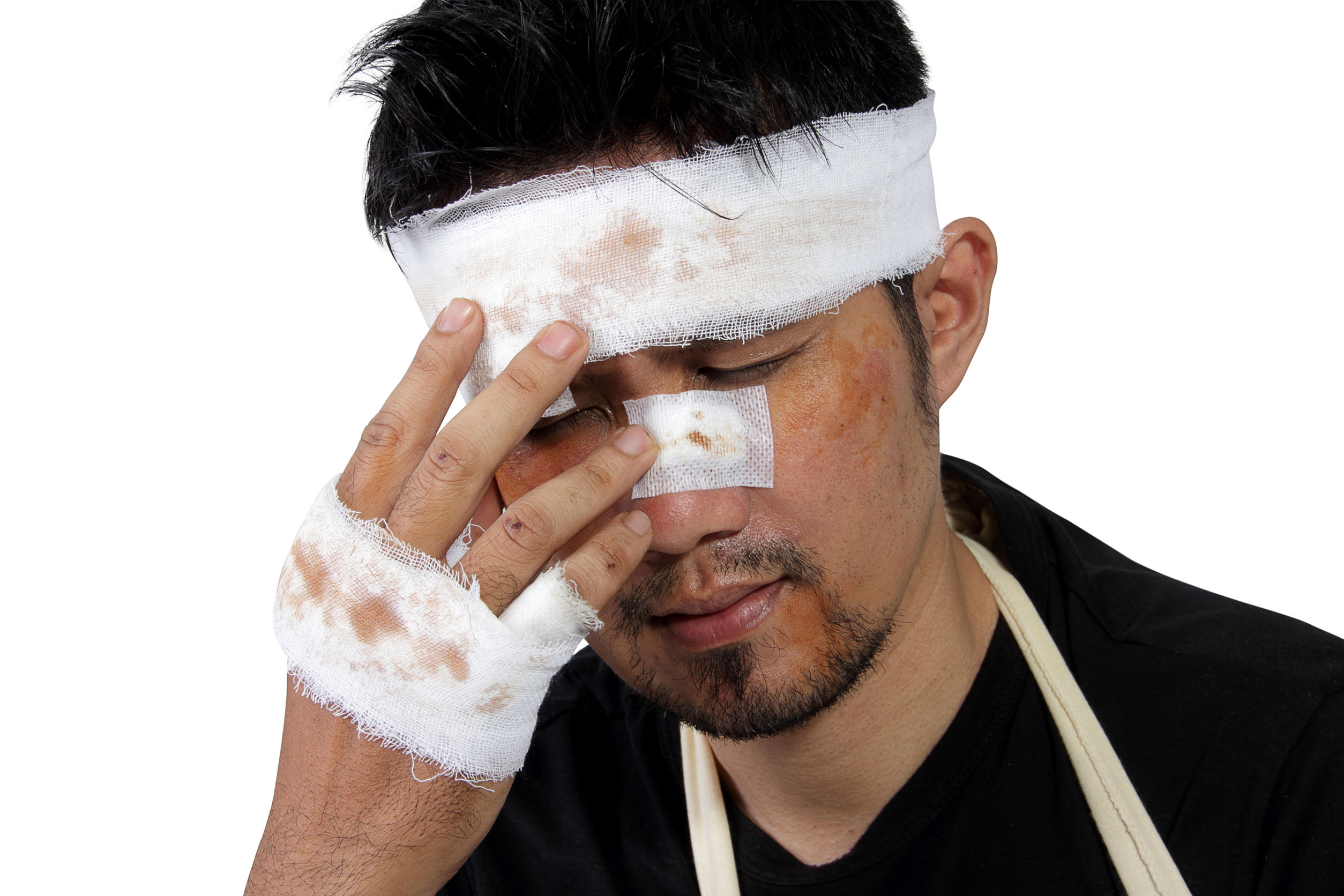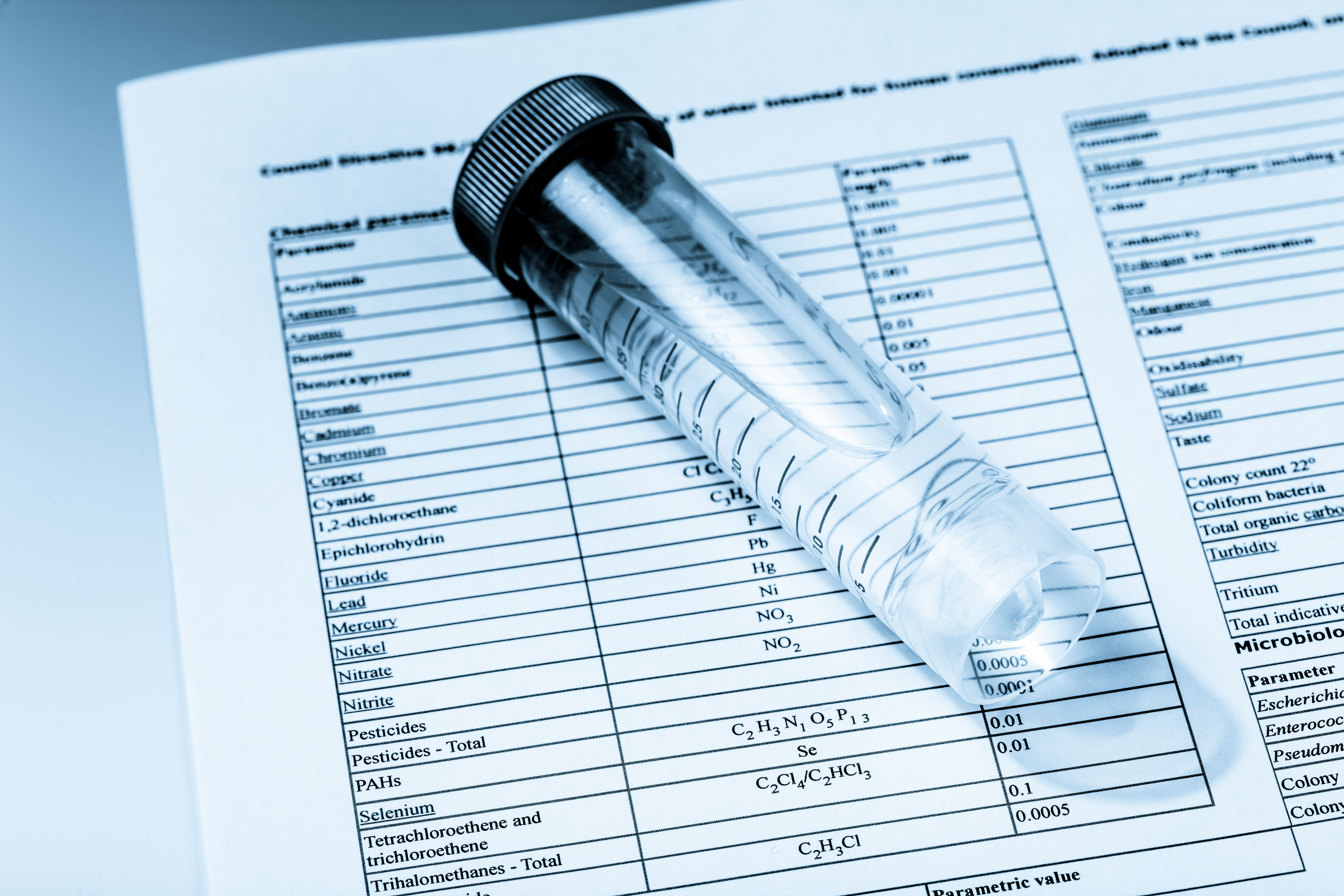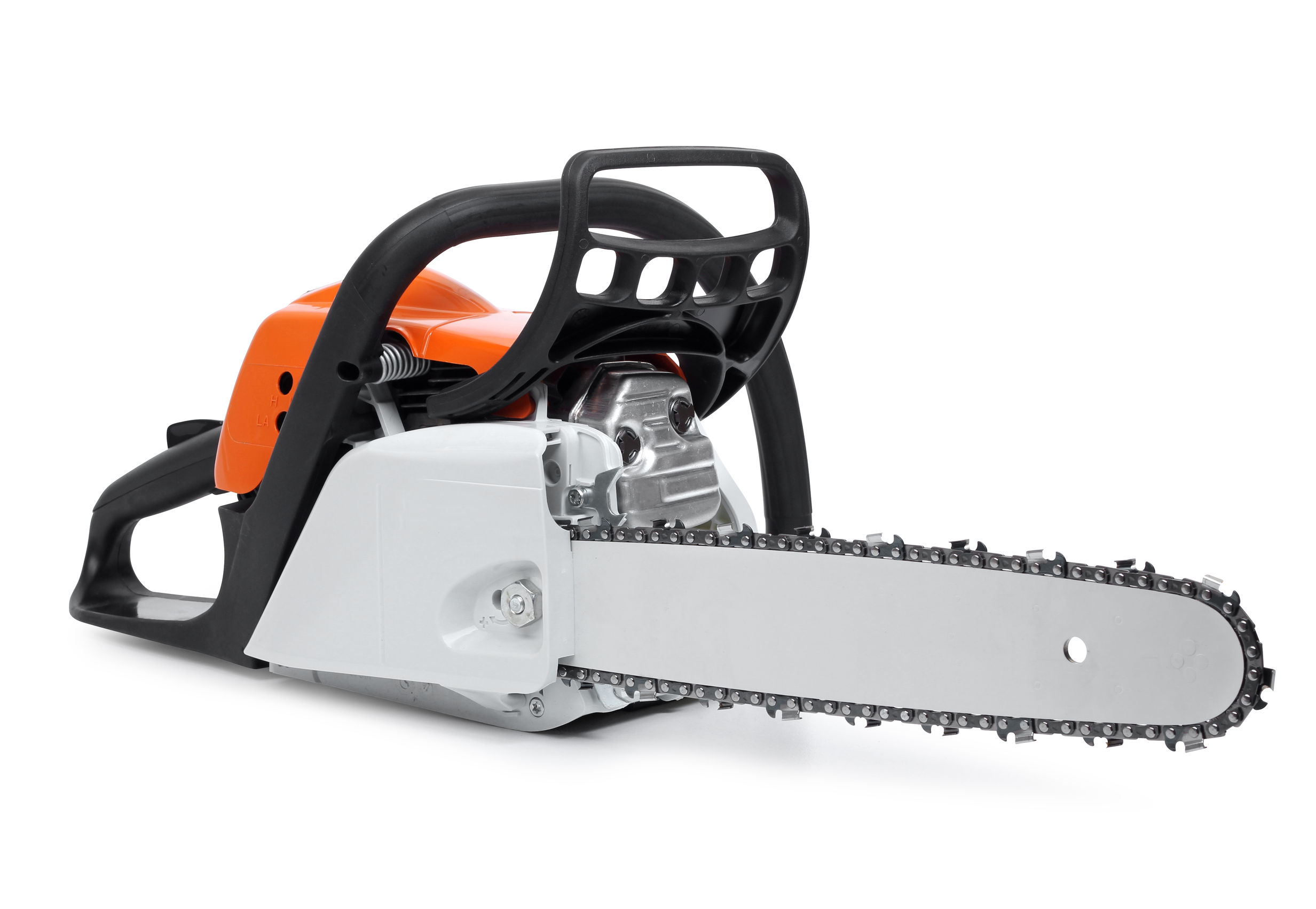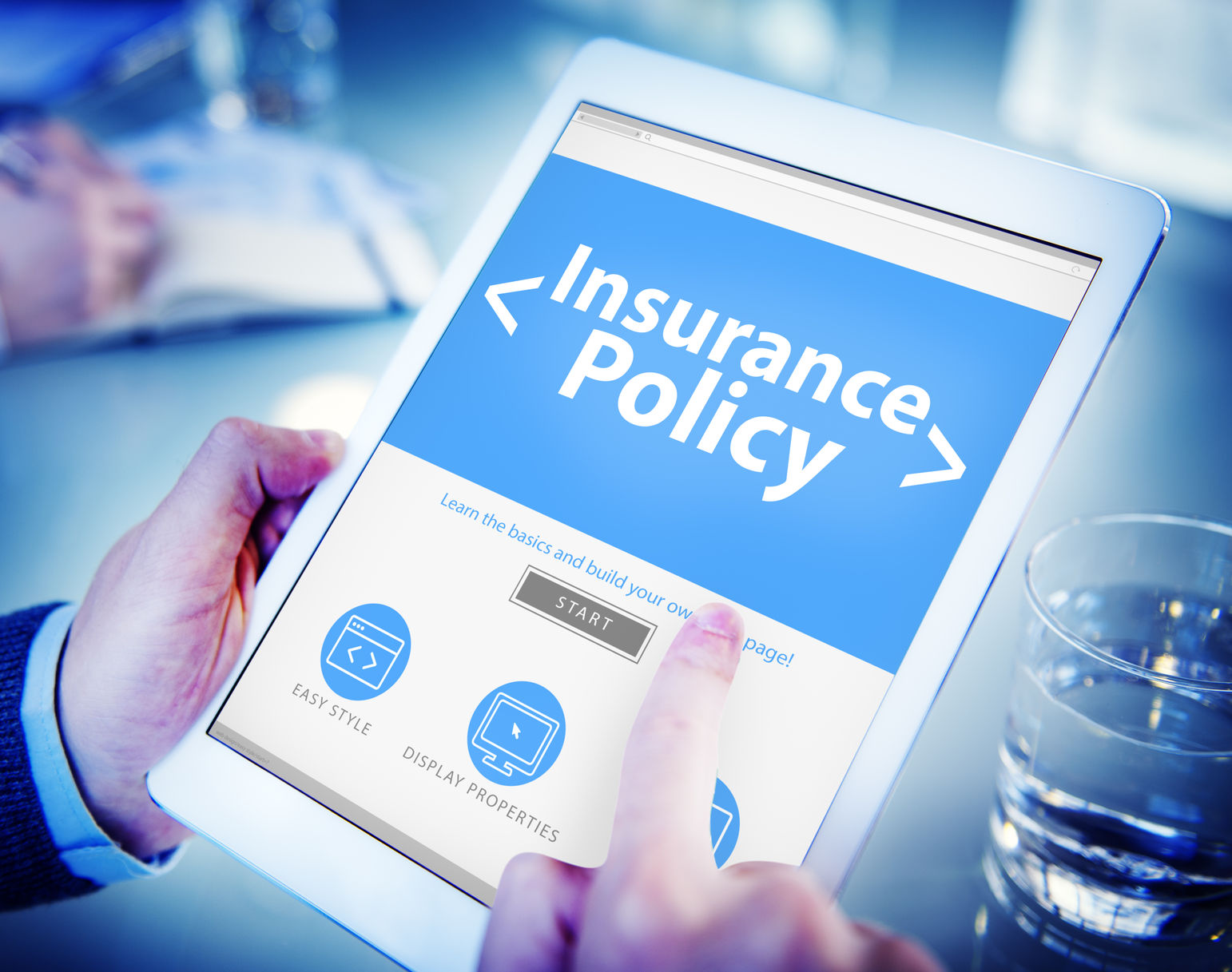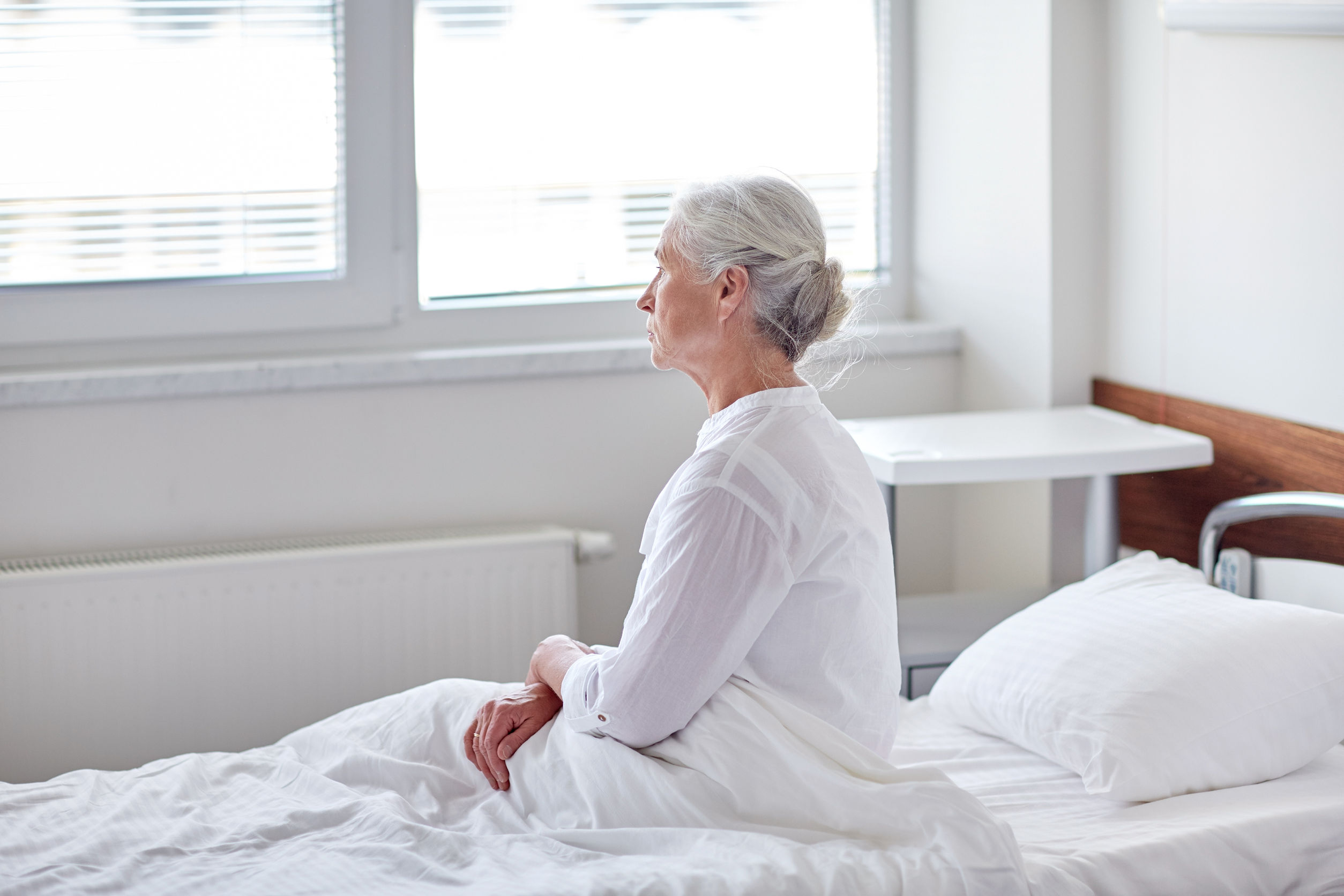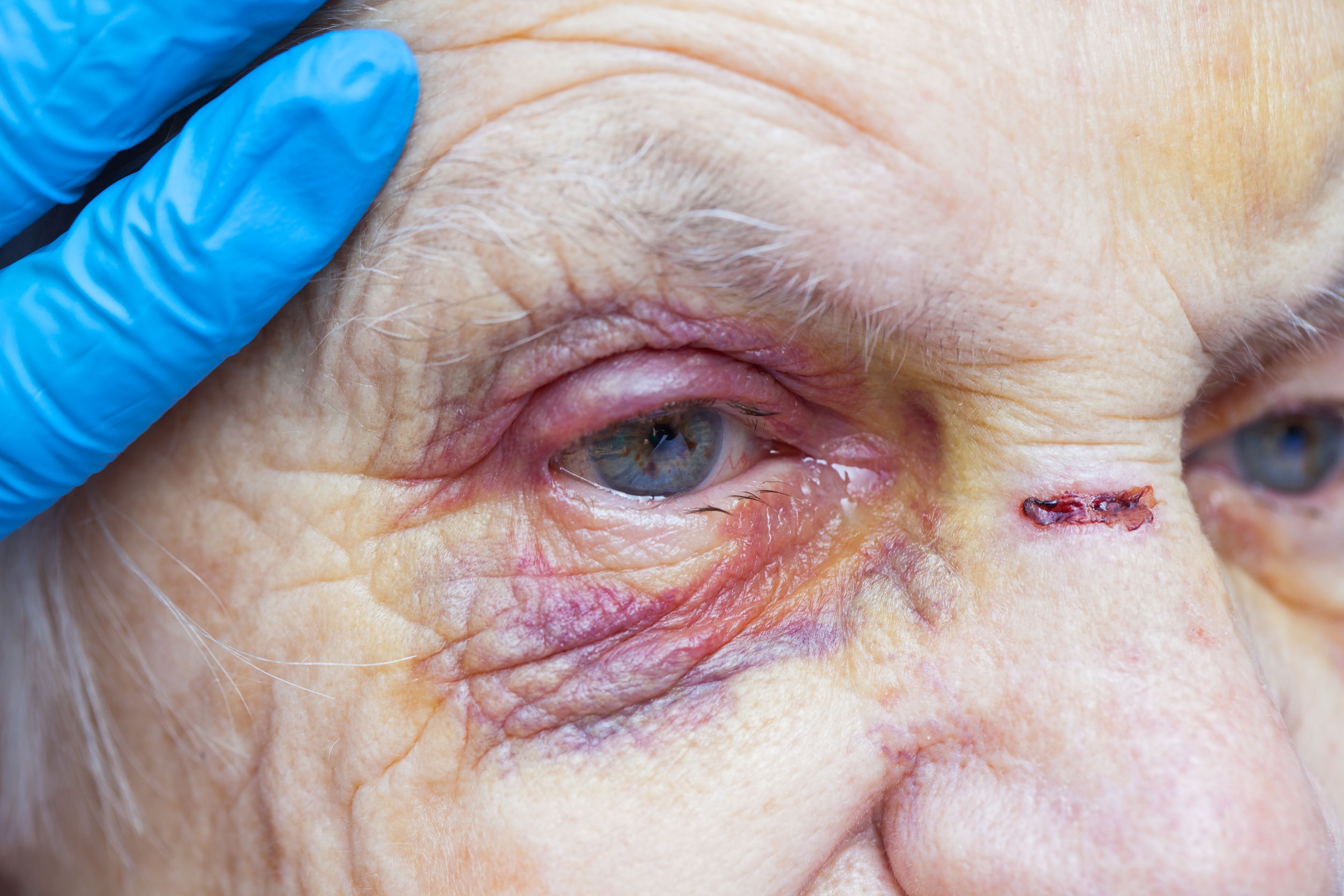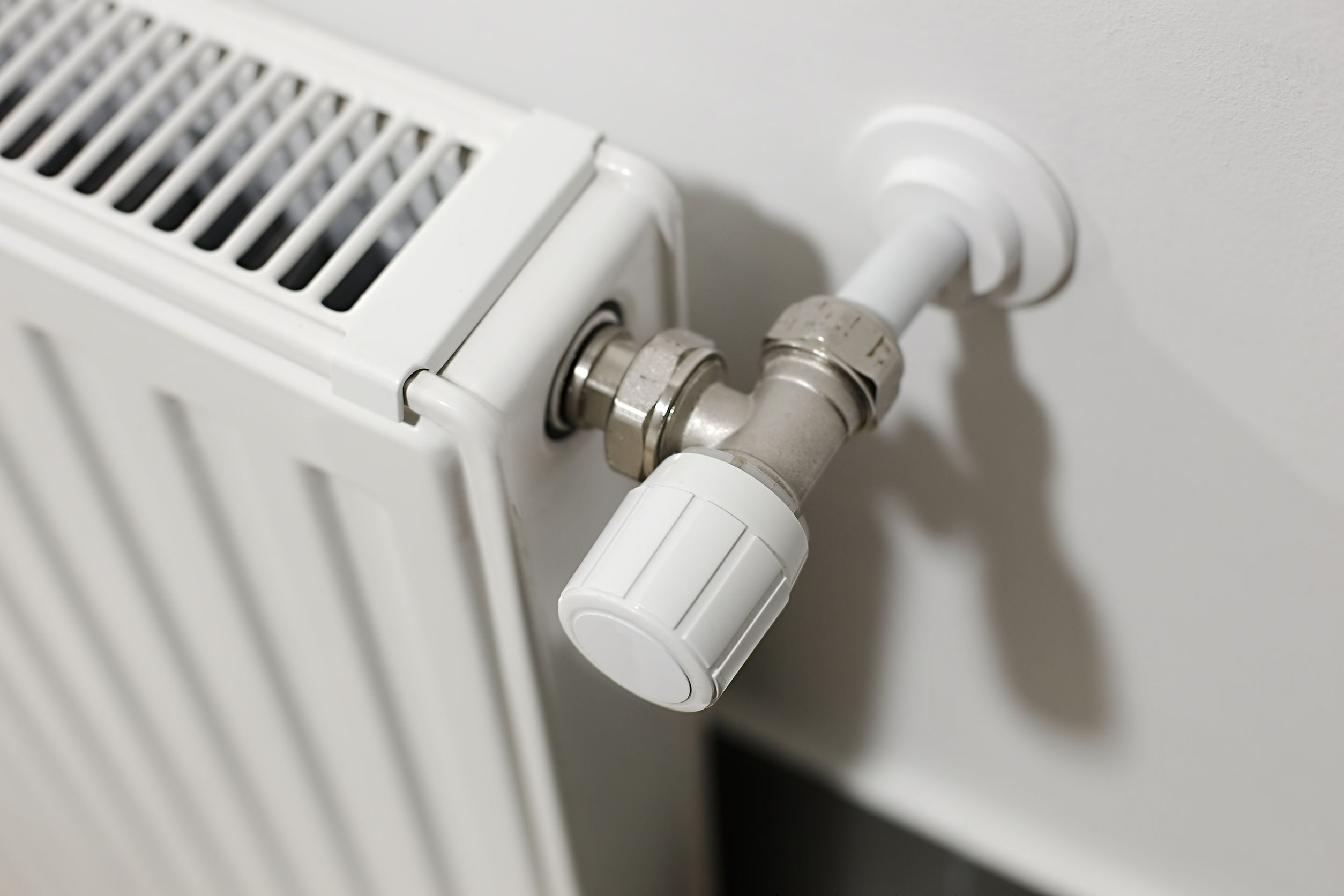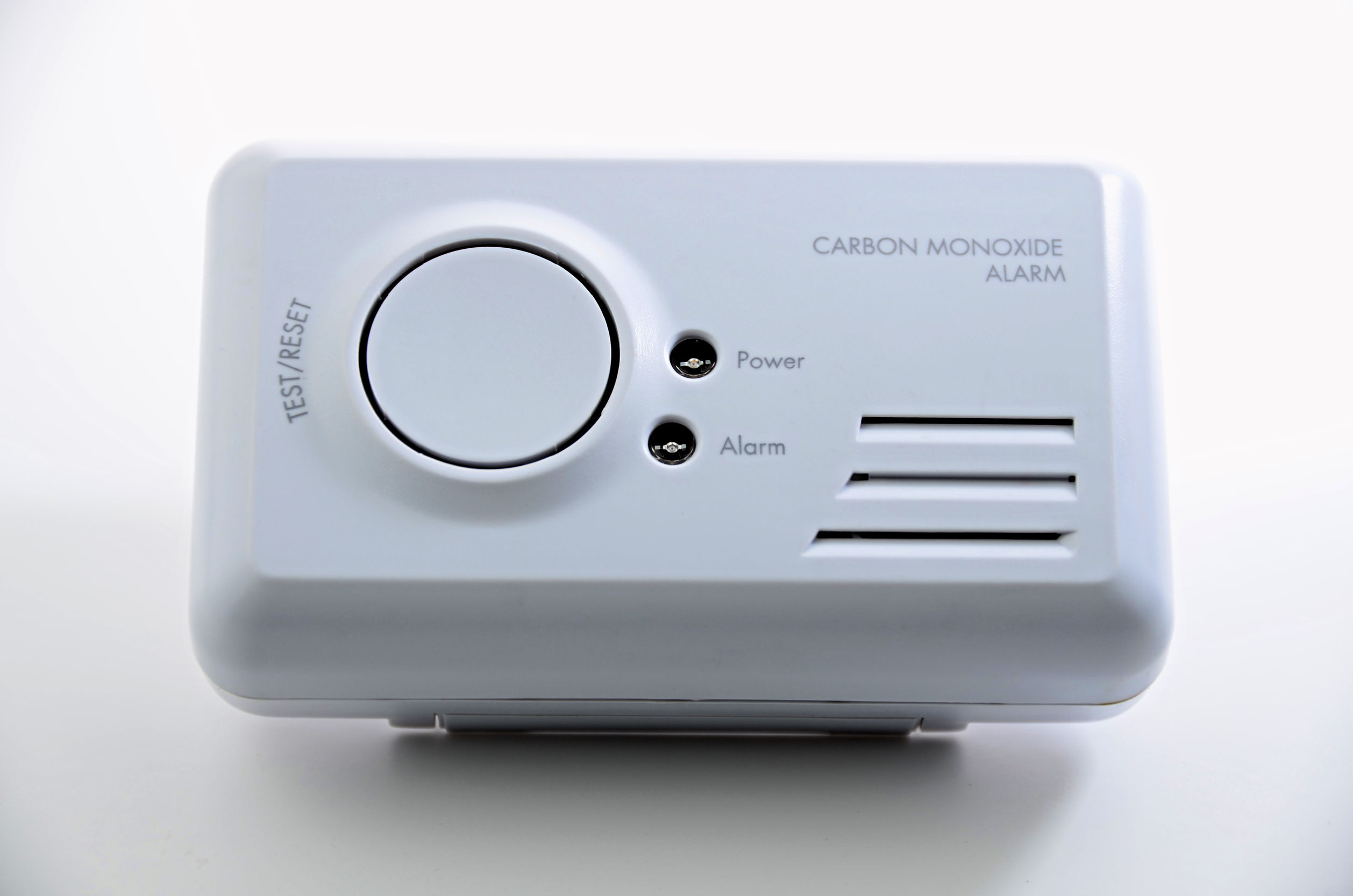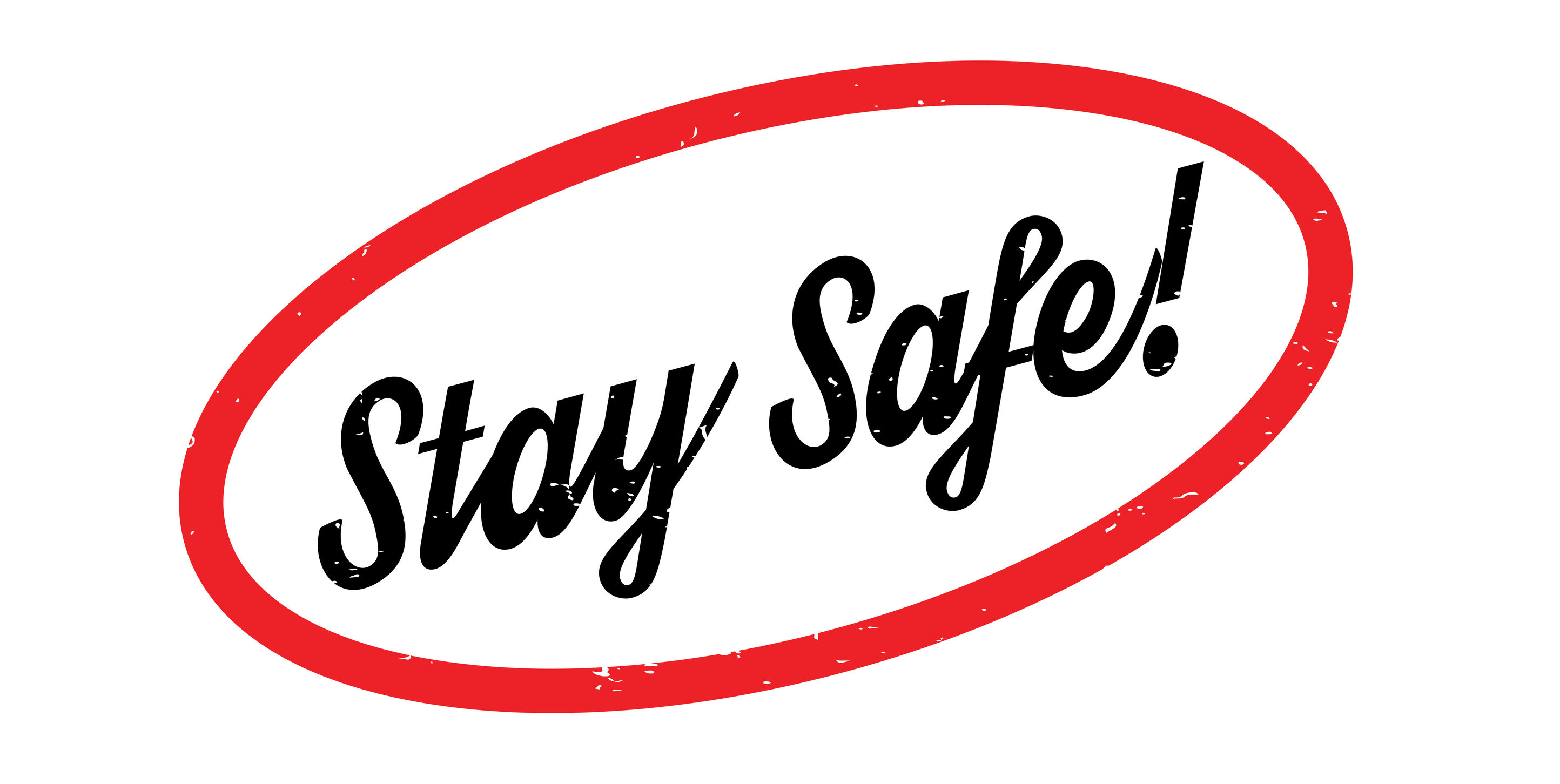ATTENTION CONSTRUCTION WORKERS: You Have Special Legal Protections for Many Construction Site Accidents
Due to the dangers on construction sites in New York, construction workers here need special legal protections when they have unfortunate accidents on construction machinery, construction equipment or unsafe sites where such conditions cause them serious injuries or death. The law recognizes the increased risk for such workers and you need to exercise your special rights to the fullest extent of the law if you are involved in a construction site accident.
If you are a construction worker, you may think that if you are hurt on the job at a construction or renovation site that you are only entitled to workers’ compensations payments. That is WRONG in many cases.
The Labor of New York provides that construction workers injured on a job site may be entitled to sue the owner of the site and the general contractor of the project for pain and suffering, lost wages and medical costs in addition to receiving workers’ compensation payments for lost earnings and medical bills. The circumstances under which these laws apply vary, so you need to be aware of your special rights in particular situations.
EXAMPLE:
If you fall from a ladder or scaffold at a construction site or fall over construction materials/debris or are struck by a falling object from an building under construction or renovation resulting in injuries, you may be entitled to money damages from the owner and general contractor of the premises.
Special protection laws for construction workers apply under certain fact patterns that may allow you to collect substantial money for your pain and suffering and lost earnings, over and above workers’ compensation payments, either by way of settlement or jury verdict.
To find out more information about construction site cases, please call me toll free at: (877) CALL-LAW® (225-5529) or (212) 714-0988. Also you may request a copy of my special report entitled “If You Are Injured at a Construction Site in New York… 10 Things You Need to Know”.
New York Trucking Accidents by the Numbers
Big trucks are, well, big. Much larger than other vehicles on the road. That means that they have more momentum – even when traveling at the same speed. Because of this, trucking accidents are exceptionally dangerous for motorists and pedestrians.
To address this danger, many laws have been put in place to prevent negligent or impaired driving by truckers. Unfortunately, trucking accidents are still far too commonplace.
Case-in-point: recently in Rochester, a trucker rear-ended a woman while he was online shopping on his phone. The victim, 45-year-old Ellen M. Volpe, died at the scene.
Volpe was an assistant professor of nursing at the State University of New York at Buffalo School of Nursing. She specialized in treating post-traumatic stress disorder in adolescents and worked in community health centers. At the time of the accident, Volpe was on the way to work.
Kristofer Gregorek, 27, the truck driver, rear-ended Volpe at 70mph in a construction zone. He recently pleaded guilty to second-degree manslaughter, and faces up to 15 years in prison.
Volpe was a wife and mother, and is survived by her husband and children. Sadly, negligent trucking accidents all too often leave victims to pick up the pieces and try to make sense of a tragic and preventable loss.
New York Trucking Accident Statistics
Due to congested roadways and frequent construction, auto accidents of all kinds are common in New York as are pedestrian injuries. In 2014, a total of 299,452 crashes occurred, – 118,465 crashes (39%) were injurious, and 966 (0.3%) were fatal.
Trucking accidents are fortunately much less common, with a total of 11,848 New York trucking accidents in 2014. However, of these accidents 74 (0.6%) were fatal, meaning that accidents involving a big truck are twice as likely to be fatal as auto accidents overall.
These statistics are even more alarming when we break down who is typically killed or injured as a result of large truck crashes. Of 79 total fatalities, only seven large truck drivers were killed. Moreover, among 5,003 non-fatal injuries, only 740 were sustained by large truck drivers.
What this means for New York drivers and pedestrians is that regardless of fault, the people most likely to pay the price for trucking accidents are the drivers and passengers of smaller vehicles.
Negligent Trucking Accidents in New York
Sadly, many of these trucking accidents are preventable. Truckers and trucking companies are driven by the bottom line – profit is maximal when goods are delivered as fast as possible, allowing for fast turnarounds. However, this can occur at the expense of other drivers as skirting regulations for a faster turnaround time often results in accidents.
Common factors that can lead to negligent trucking accidents include:
- Truckers driving for more consecutive hours than permitted by the Federal Motor Carrier Safety Administration (FMCSA)
- Truckers driving while fatigued or tired
- Insufficient driver training and driver inexperience
- Aggressive driving
- Truckers driving under the influence of drugs, alcohol or prescription medication
- Distracted driving
- Speeding or driving too fast for road conditions
- Poor maintenance and inspection practices
- Improper cargo securement
- Failure to inspect the truck or cargo prior to departure and in required intervals
New York Trucking Accident Liability
When a family member is seriously injured or killed as a result of a trucking accident, there are often grievous financial consequences, in addition to pain and suffering.
In addition to seeking proper compensation, holding the trucker and/or trucking company accountable for the accident may also help to bring some closure and change policies and behaviors that might lead to another accident.
However, determining liability and seeking damages in a trucking accident is often complex. In many cases the trucking company is held liable even when the accident occurs due to operator error since the employer is often held liable for its employees’ actions. However, trucking companies often attempt to deny liability, claiming that the driver is not an employee, but rather is an independent contractor.
What NY Trucking Accident Victims and Their Families Can Do
If you or a loved one are a victim of a negligent trucking accident, seeking damages can be a difficult and overwhelming process. Fortunately, you do not need to navigate this process on your own.
A New York personal injury attorney with experience in trucking accident liability will know how to navigate the complex landscape of a trucking accident liability case and strive to help you get the compensation you deserve. Get in touch now for a free consultation to preserve your rights to be justly compensated.
Breaking Down Who Gets Hurt in NY Escalator Accidents
Recently in Vancouver, a 2-year-old boy broke his leg when his boot got caught in an airport escalator. He was riding the escalator with his mother when his rubber boot was grabbed by the escalator and his leg was twisted. A staff member pushed the emergency stop button before the boy and his mother reached the bottom.
His mother says if the escalator had been equipped with a sensor to detect the boot before it got caught, her son would have been protected from injury.
In Las Vegas, a 21-year-old man was critically injured in an escalator accident. The intoxicated man tried to slide down the escalator rail, but fell from the second floor of the Neonopolis shopping complex and was taken to the hospital.
The bottom line? Escalator accidents are more common than you might realize. Every year, nearly 10,000 escalator injuries send people to the hospital in the United States.
Who tends to get into these types of accidents?
Escalator Injury Stats
A Swiss study made these conclusions about who gets injured, when, where, why, and what results:
- Women over 60 years old are at a higher risk of injury. This is true for nearly half of the men as well.
- Half the men in the study were intoxicated at the time of injury.
- Men are most likely to be injured on Saturdays between 6:00 p.m. and 12:00 a.m.
- Women are most likely to be injured on Tuesdays between 12:00 p.m. and 6:00 p.m.
- The majority of accidents occurred in public transport facilities.
- Women are most likely to have injuries to lower extremities.
- Men experience injury most often to the head and neck areas.
- Nearly half of the injured people needed hospital care. Of that group, over half stayed in the hospital for more than one day.
- Falls on escalators are the most common reason for injuries.
- Soft tissue injuries are the most common type of escalator injuries.
To sum it up, elderly women and intoxicated men are the most likely groups to experience elevator accident and many of the injuries they suffer will require significant medical care.
How to Handle a NY Escalator Injury – No Matter Who You Are
If your injury occurs due to someone’s negligence, you can file a premises liability lawsuit to seek compensation for your medical bills and other expenses.
You’ll first need to visit a doctor, no matter how minor your injuries may seem at first. Many symptoms of soft tissue injuries don’t fully appear until days or weeks after the accident. Yet these injuries may require long-term medical therapies, which will add up quickly. Your doctor’s visit is the most important piece in proving that someone else’s negligence caused your injury.
Many premises liability lawsuits have strict filing deadlines. Don’t wait to file a claim, because if you miss the statute of limitations, your case will not be viable.
You will need the help of a skilled attorney to file a lawsuit against the building owner, manager or others. If you can prove that the owner, manager or others knew or should have known of a potential hazard but failed to correct it, you may be entitled to receive money damages for your injuries.
Call today for a free consultation and review of your case.
Hit by a Drunk St. Paddy’s Day Driver in NY? Damages That Apply
New York has proudly hosted the St. Patrick’s Day Parade since 1770. That’s an astounding 248 years!
Drunk driving on that holiday and throughout the year , despite all the warnings out there, still exists. Unfortunately, that fact results in many DUI arrests and injuries caused by drunk drivers.
If you were injured due to a drunk driver, we can help you sue for a number of different types of damages under the law. Here is what you need to know about filing a claim.
Understanding New York Injury Compensation Laws
When you have injuries from a motor vehicle accident in New York, you must first file a claim with the proper insurance company for coverage of medical bills and lost wages, whether you were at fault or not. This is because New York has a “no fault” insurance law in place.
Sometimes, injuries are significant enough that compensation can be sought from the other driver’s insurance company if the other driver was negligent. These are some of the types of injuries that may qualify for compensation and/or result in a lawsuit:
- Amputations
- Bone fractures
- Significant disfigurement
- Significant limitation of body system or function
- Certain types of disability for at least 90 days out of the first 180 days following the accident
- Permanent loss of use of a limb or body organ
- Death
Seeking Damages for a Drunk Driving Accident
If you are considering filing a lawsuit for an injury accident with a drunk driver, these are the types of damages you may be able to seek:
Lost income
If you had to miss work due to circumstances created by the accident, you may seek compensation for lost wages. This can include future lost income if you must miss work for rehabilitation or due to disability.
Medical expenses
This covers hospital costs or doctor visits over a certain amount covered by no-fault insurance and prescriptions. It also includes ongoing medical expenses into the future (subject to no-fault limitations) if you will be in the need for further treatment and therapies.
Pain and suffering
If your injuries are deemed to have caused pain and suffering after the accident, your attorney will be able to explain the laws of present and future pain and suffering.
Additional losses
If your love one was killed in the accident, you can sue for wrongful death.
If your case goes to trial, a jury will determine your eligibility for damages according to the following conditions:
- Projected amounts for ongoing medical treatment
- The amount of lost income
- The level of disability resulting from the accident
- Pain and suffering from the date of accident into the future
Check with a knowledgeable New York injury attorney to learn more about what damages you can seek in your case. Keep in mind that all claims must be filed within the New York statute of limitations.
Moreover, it is important to know that New York operates under something called comparative negligence. What this rule means is that each party’s level of fault is taken into consideration when awarding compensation.
For example, if you were hit by a drunk driver, but you were speeding at the time of the accident, the jury may find you to be 40 percent at fault for the accident. If the total compensation awarded in the case is $10,000, you will receive a maximum of $6,000 because your 40 percent fault is deducted from the total.
Get Help from a Skilled New York Car Accident Attorney
A vehicle accident case can be complicated. You need a skilled attorney to advise you on the best route to take. A lawyer with years of experience in cases like yours will work hard to secure the compensation you deserve. Call today for your free case review and consultation.
Types of Burn Injury Cases New Yorkers Can File
Recently, a woman was injured when her LG phone caught fire as she sat in a plane before takeoff. The Air Canada flight was delayed in Toronto while the crew extinguished the fire and sent the woman to a local hospital. The woman’s hand was burned, but no other passengers or crew members were injured and the plane did not experience damage.
LG officials are investigating what may have caused the phone to catch fire.
Depending on the investigation findings, the woman may be able to file a defective product claim for her burn injury. If you have suffered a burn injury, you may have grounds for a personal injury lawsuit in New York.
Read on to learn the various reasons a burn injury claim can be filed and result in compensation for a victim’s losses.
General Liability Claim
If a hot liquid is served to you in a defective container and the hot fluid spills on you, that may be negligence.
To prove another party is responsible for your burn injury, your attorney must show that someone acted in a negligent manner. Negligence implies that the other party had knowledge or should have had knowledge of the potential burn risk to you.
Defective Product Claim
In the case described above, if the investigation results in a certain fact pattern the woman’s attorney may be able to prove that LG was negligent in the design, manufacturing, or marketing of the phone. If so, the woman may be able to receive compensation for her medical expenses, lost income, and pain and suffering related to the incident.
These elements apply in any defective product claim. The key is proving that the designer, manufacturer, or distributor either had knowledge or should have had knowledge that the product could pose a hazard. If, for example, the manufacturer knew that an element of the phone could overheat but did nothing to correct the problem, the manufacturer may possibly be held liable for damages in a burn injury lawsuit.
Premises Liability Claim
If a hotel guest suffers burns because the bath did not have the temperature regulators and the water was hot enough to produce second-degree burns, the hotel may be liable under a premises liability lawsuit. This kind of lawsuit holds the owner or operator of the hotel where the burn occurred liable for damages.
What to Expect in a Burn Injury Claim
When you file a burn injury claim, your attorney will investigate the incident. In addition to claiming pain and suffering damages, medical reports and lost earnings information are vital in pursuing a lawsuit.
If your case results in a finding of negligence on behalf of the party sued, significant compensation may be obtained for burn injuries which cause significant pain, scarring, and disfigurement. Call today for a free consultation with an experienced attorney.
NY Construction Accidents Can Harm Bystanders, Too
Construction is an incredibly dangerous profession to work in, and there are plenty of statistics to back that up:
- Ten percent of construction workers are injured every year. This equates to 150,000 construction site injuries annually.
- If a construction worker stays in his/her job for 45 years, he or she has a 1 in 200 chance of dying on the job.
- Falls are the top reason for construction worker deaths. The highest falling risk is from roofs, then from scaffolding and ladders. The other top reasons for construction worker deaths are getting struck by an object, electrocution and getting trapped inside or in between objects.
- New York is one of the top five states that employ construction workers. Unfortunately, it also has a higher-than-average construction worker fatality rate of between 21 and 40 deaths per year.
- Almost 20 percent of all workplace deaths occurred in the construction industry between 2002 and 2012. This statistic rose to 1 percent in 2016.
- Younger, less experienced construction workers are more likely to be injured or killed in construction accidents than older, more experienced workers.
What if you don’t work in construction, though? Do you even need to worry about construction accidents?
Absolutely. While it isn’t quite as common, plenty of regular people get hurt in construction accidents just by passing close enough to a worksite.
In this post, we’ll explain the most common reasons that bystanders face injuries and what you can do if you’ve experienced a construction accident.
Common Construction Injuries Bystanders Face
There are five different ways bystanders are commonly injured in construction accidents.
- Falling object. If cranes, scaffolding, and construction materials are not properly secured, they can cause bodily injury, serious bodily injury, or death if they fall on you.
- Hazardous chemical spill. Construction workers use many different chemicals under strict regulations. If these chemicals spill or get into the environment, they have the potential to injure bystanders through direct contact or vapor inhalation.
- Ear injury. Noises on construction sites can be so loud as to damage hearing or rupture the eardrums of bystanders, who are not wearing protective coverings like the workers themselves.
- Slip and fall accidents. If construction site debris, equipment, cords, or tools are carelessly left in the open, they can cause slip and fall accidents to bystanders. Slip and fall accidents can cause a wide array of injuries, including traumatic brain injuries.
- Blunt force trauma. You can be hit by a construction site vehicle or any construction materials that aren’t properly operated or handled. A blunt force trauma injury can cause serious injury or death.
If You Have Been Injured in a Construction Site Accident
Construction workers can file lawsuits for their injuries on construction sites under the labor law, but if you are a bystander and you’re injured in a construction accident, what protections do you have?
Consult with an experienced personal injury attorney to learn if you can seek compensation for your pain and suffering and lost wages. You should not have to bear the serious burdens if someone acted with negligence that caused your injury. It’s important to visit the doctor first and if a serious injury has been caused to you then call a New York attorney for help.
A knowledgeable construction accident lawyer will understand New York liability laws and how they apply to your case. Reach out today for a free consultation with an attorney who will fight to protect your rights.
Is There Lead in Your NY Home? How to Find Out
Lead poisoning has devastating effects. Prolonged lead exposure leads to brain and nervous system damage and mental disability, particularly in children. It also increases the risk of high blood pressure, heart disease, infertility, and many other health problems.
New York City has long been attempting to eliminate lead toxicity, particularly in children. However, a recent study identified that at least 10% of children tested positive for potential lead toxicity in 69 census tracts of New York City.
Not only is this is a huge problem, it is completely unacceptable in this day and age. If you are a New York City resident, it’s time to protect your family from lead poisoning by reducing the risk of lead exposure. If you have young children, this is especially critical.
What are the signs of potential lead contamination? How can you tell for sure? Moreover, what should you do if you find that lead is present in your home?
Because the symptoms of lead poisoning may not show up for a long time, one of the most important things you can do is to be proactive about identifying potential sources of lead.
Sources of Lead in New York City Homes
The two primary sources of lead contamination in homes are drinking water and lead-based paint. Surfaces in the home can become contaminated by dust from lead-based paint. Soil, old toys, jewelry or furniture are additional sources. Let’s look at each source in more detail.
Water
Pipes in older homes may contain lead and even newer fixtures may contain some lead. This can cause lead contamination of tap water. Installing an NSF-approved filter at the tap may reduce some risk of lead poisoning from tap water.
Paint
Residential lead-based paint was outlawed in 1960 in New York. However, any buildings constructed prior to this year likely contain lead-based paint unless they have been professionally de-leaded. In our city, that unfortunately includes a lot of residential housing.
Countertops, Floors and Windows
As mentioned above, dust from lead-based paint can contaminate surfaces in the home. This is most common on countertops, floors, and window sills. Keeping these surfaces well-dusted, particularly after any construction work, reduces the risk of lead exposure.
Soil
Lead is naturally occurring and can sometimes be found at high levels in soil. Soil can also become contaminated by exterior lead-based paints or by past use of lead-containing gasoline in cars. To reduce exposure to soil lead, leave shoes at the door or use door mats and wash hands after working or playing outside.
Urban Farming
If local soil is lead-contaminated, produce from urban farming could contain lead. Root vegetables such as carrots are likely to contain the most lead.
Painted Toys, Furniture, and Toy Jewelry
Antique toys, furniture and toy jewelry may be painted with lead-based paint. Keep these items away from young children who could ingest lead by biting or swallowing objects.
Testing for Lead in New York
Fortunately, there are ways to test for lead in your home in order to ensure the safety of your family.
Drinking Water
You can request a free kit to test your drinking water for lead through the Free Residential Lead Testing Program.
Lead-Based Paint Hazards
Landlords are required to identify and address lead-based paint hazards in apartments where young children dwell. A multi-dwelling unit must be tested for lead paint if it was built before 1960 or if a child under the age of six lives in an apartment.
Speak to your landlord regarding lead testing in your apartment. Ask to see records of prior testing for lead-based paint. If your landlord is not cooperative, call 311 to contact the Housing and Preservation Department.
Soil
Some agriculture extension programs will conduct free or low-cost soil lead testing. Contact the Cornell Cooperative Extension Program if you would like to test your soil for lead.
How New Yorkers Can Remove Lead Hazards
If you find that your home is contaminated with lead, it’s not time to break out the putty knife. In fact, attempting to remove lead-based paint can actually increase your family’s risk of lead exposure. Your home will need to be professionally de-leaded in order to address the hazard.
If your home tests positive for lead, your landlord will be required to perform lead removal. Talk to your landlord and to the city’s Housing and Preservation Department.
If you find that lead is present in your home and suspect that your loved one may have been sickened by lead poisoning, talk to a personal injury attorney immediately by reachingui89 out to our office. He can help you document the potential lead poisoning and fight to get the compensation you deserve.
New Yorkers Who Bought These Chainsaws Should Beware
If you purchased certain models of chainsaws in the past two years, watch out. Recently the Consumer Product Safety Commission placed a recall on thousands of chainsaws sold at Lowe’s, Amazon and other retailers due to a defect.
Below, we’re going to tell you about the recalls, let you know which chainsaws are on the list and review product liability laws in New York and what to do if you are injured.
Why the Chainsaws Were Recalled – Is Yours on the List?
The recalled saws were sold all over the United States and Canada between January 2015 and October 2017 under the brands Snapper, Greenworks, and Kobalt. They were sold both in brick and mortar stores and online for prices ranging between $170 and $300. Over 48,000 units have been recalled in the U.S.
What caused them to be recalled? The chain brake guard. This is a really big deal because the chainsaw can continue operation even if the brake fails which poses a high risk of danger to consumers.
The saws have either a 16-inch or 18-inch blade and either an 80-volt or 82-volt lithium battery.
These are the models that have been recalled:
- Snapper XD 18-inch model SXDCS82 (item number 1696773)
- Kobalt KCS 180 (item number of 419015 or 670251)
- Greenworks Pro 16-inch CS80L211
- Greenworks Pro 18-inch CS80L00
- Greenworks Commercial 18-inch GS 180
If you purchased any of these chainsaws, you must immediately stop using it and contact the manufacturer for free repair and recall information.
If you have been injured by one of these defective chainsaws, you may have grounds for a product liability case.
How Product Liability Occurs in New York
When a product is designed, manufactured and distributed, the companies involved in the process have a legal obligation to reasonably ensure customer safety. If a product is defective and causes injury, the designers, manufacturers and/or distributors may be held liable for damages in personal injury lawsuits.
Product defects occur due to negligence. Typically, product liability lawsuits occur for the following reasons:
Defect in the design—the design itself poses an unreasonable threat of danger
Defect in manufacturing—the manufacturing process created an unreasonable risk of danger
Warning failure—the manufacturer or distributor failed to properly warn the consumer of any known product danger
Misrepresentation—in advertising materials, the distributors did not accurately represent how the product should be used
A skilled NY product liability injury attorney who is familiar with product liability cases will be able to tell you whether you have enough evidence to support your claim.
What Should New Yorkers Do If Injured?
Collect evidence. Take photos of your injury, the scene and the product as soon as practicable after it occurs. Try using different angles of the same scene to create a well-documented record.
If anyone witnessed the accident, record their names and contact information in your files.
Seek medical attention for your injuries. Even if immediate serious injuries are not apparent, medical records are crucial evidence in a personal injury lawsuit. Stay on the safe side if you sustain any injury and have your injury checked out by a medical professional as soon as possible.
Keep thorough records of your medical expenses. This includes doctor or hospital bills, prescription drug costs and co-pays for treatment.
Assemble all your records pertaining to your accident in one file. That will speed up the process for working with a personal injury attorney.
Work with a skilled product liability lawyer. An experienced NY personal injury attorney will use the evidence above in your case to determine the potential liability and extent of your injuries and damages. The product will likely need to show clear defects for a case to be filed. In New York, you must file a product liability claim within a strict statute of limitations for your case to be valid.
Call today for a free consultation to see if you have a claim that should be filed in court. We will work hard to protect your rights and help you receive payment for your pain and suffering and any economic losses.
Defining Nursing Home Abuse in NY
In recent years, nursing home abuse has been in the news a lot more, but sadly it is more prevalent than you may realize. It often goes unreported.
One way to help is to increase understanding of exactly what nursing home abuse is. Though there’s no official definition, elder abuse typically falls into one of the following five categories.
Financial Abuse
A perpetrator can financially abuse a senior by improperly or illegally using their financial assets. This can take several forms, including the following examples.
- Cashing the senior’s checks without permission
- Stealing money or property
- Identity theft
- Coercing the senior citizen into making financial changes or signing documents
- Diverting assets from the elderly
The risk for financial abuse rises if one of the family members caring for the elderly relative is experiencing financial troubles. This person may seize the elder relative’s assets for his/her own financial gain.
Watch for these warning signs of financial abuse:
- Bank statements no longer being sent
- Missing property or cash
- Caregiver has an addiction problem (drugs, gambling, shopping, etc.)
- Caregiver has no current income source
If you suspect financial abuse, report it right away and freeze accounts if possible.
Sexual Abuse
Some elderly patients – especially women – are victims of sexual abuse by perpetrators. These are some of the warning signs that sexual abuse may have occurred:
- Infections in the genital or anal areas
- Bruises in the genital area
- Bleeding from the genital area
- Discomfort when sitting or walking
Neglect
When an elderly patient’s needs go unmet, neglect may be the cause. The nursing home is obligated to provide personal care and hygiene, safety, food, drink and medications to your loved one.
Neglect can be passive or active. Passive neglect is unintentional, but still causes the elderly patient to suffer. This can happen if the nursing home is understaffed or improperly trained.
Active neglect happens when proper care is available, yet intentionally withheld from an elderly patient as a punitive measure. Neither type of neglect is excusable.
Signs of neglect include the following:
- Bedsores, rashes, and other skin problems
- Untreated medical issues
- Lack of hygiene
- Dehydration or malnutrition
- Lack of clean bed linens, clothing, and/or facilities
Psychological or Emotional Abuse
This type of abuse is often difficult to detect. Emotional abuse may provoke fear, anxiety or anguish. If a perpetrator is belittling, threatening or harshly criticizing your loved one, emotional abuse may be occurring.
Physical Abuse
Physical abuse is the use of any physical force that causes bodily injury, impairment or pain. An elderly patient can be physically abused with various actions, including the following:
- Pinching, hitting, punching, beating, striking or slapping
- Pushing or shoving
- Shaking
- Kicking
- Burning
Perpetrators often assume the elderly victim has lost mental ability or the competence to understand what is happening when abuse occurs. Elderly patients with dementia, Alzheimer’s disease or other cognitive disorders may be particularly vulnerable to physical or other types of abuse.
Watch for physical signs like the following that may indicate physical abuse:
- Bruising
- Strange markings as from a belt or cord
- Abrasions
- Burns
- Fractures
It’s important to contact authorities immediately if abuse is suspected. In New York City, you should call 911, followed by a call to your local social service agencies (311). Thereafter, consult an experienced New York nursing home abuse attorney to pursue money damages and protect your loved one from further harm. If you think someone you love has experienced nursing home abuse, reach out today\\ for a free case review.
Heating System Failure Kills Family: How NYers Can Fight Back
This winter has brought with it record cold temperatures nationwide, and forecasts predict that we’ll continue to experience this bitter cold at least for the next several weeks. During cold spells, it is common for heating systems to fail or malfunction, sometimes with devastating consequences.
Recently, a family of four, including two young children, were found dead in an Arizona Cabin. Officials found a “significant failure” in the heating system, which resulted in a carbon monoxide leak. The findings at the scene were consistent with carbon monoxide overtaking the home and poisoning the family while they slept.
This tragic occurrence highlights the need for a well-maintained heating system and precautions such as carbon monoxide detectors. If you rent your living space (as most New Yorkers do), you must rely on your landlord to perform maintenance and repairs. However, there is an upside – as a tenant you have the right to safe and habitable housing, and if your landlord violates these rights they can be held liable.
So, what exactly are the obligations of your landlord, and how can you fight back as a tenant if your landlord fails to meet them?
Tenants’ Rights to Habitable Housing
As a tenant, you have a right to safe and habitable housing. Your landlord is obligated to provide a safe living space, and to perform urgent repairs to ensure safety and habitability (such as heater repairs) within 24 hours. Further, if tenants are injured as a result to dangerous housing conditions, landlords may be held liable for the injury.
Where is this covered in the law?
Implied Warranty of Habitability
In New York, landlords are required to keep rental properties habitable under a doctrine known as the implied warranty of habitability. This means that by renting the property to you, your landlord has promised you a habitable living space.
In order to meet the implied warranty of habitability, your landlord must:
- Keep structural elements of the property well-maintained
- Maintain common areas such as stairwells and hallways
- Supply hot and cold water
- Keep electrical, plumbing, sewage, heaters, air-conditioners, and elevators working safely
- Exterminate infestations of rodents and insects
- Provide garbage receptacles and arrange for garage pickup
- Manage known environmental hazards such as lead paint and asbestos. This includes disclosing their presence to tenants and keeping the building in good repair such that they do not pose a substantial danger.
- Include at least one carbon monoxide and one smoke detector, and provide written information about how to test and maintain them.Heating RequirementsAccording to New York law, landlords are required to provide heating to their tenants. Heat must be provided between October 1st and May 31st.
During the day (between 6AM and 10PM), if the outside temperature is below 55 degrees, the inside temperature must be at least 68 degrees.
At night (between 10PM and 6AM) the inside temperature must be at least 62 degrees, regardless of the outside temperature.
What to Do if You Don’t Have Heat
If you don’t have heat that meets the above standards, your landlord is required to provide it. However, it is best to initiate this process by first asking your landlord to turn up the heat.
The following steps are recommended if you don’t have heat:
- Contact your landlord to let them know that your apartment is cold. If possible, it’s best to have a specific temperature reading ready when you call — this lets your landlord know that they aren’t meeting minimum standards, so the situation is urgent.
- If your landlord does not honor or respond to your request, call 311 to reach the Department of Housing Preservation and Development (HPD). The HPD will send an officer to your building to measure the temperature, and cite your landlord with a violation. If your landlord still fails to act, the HPD will send a contractor to fix the heater.
- If you are left without heat for a few days and have made your landlord aware of the situation, it is reasonable to ask your landlord for a break on your rent. Negotiate a rent abatement for the following month and get the agreement in writing.
The Importance of Heater Safety
The extreme cold temperatures we’re currently experiencing are definitely putting heating systems to the test. Failures and malfunctions such as the tragic story mentioned above are more likely to occur under these conditions. You can keep your family safe by making sure that certain safety standards are met.
A heating system should be serviced annually, ideally before the cold hits. If you’re not sure if your landlord has maintained the heating system properly, give him or her a call to ask about heater maintenance. A good landlord would rather hear about potential problems before there is an emergency.
To detect carbon monoxide leaks, your apartment should have at least one working carbon monoxide detector. Your landlord can also help you to locate and test carbon monoxide detectors. If your apartment does not have a carbon monoxide detector, ask the landlord to install one, or if you can install one yourself ask to be reimbursed for the cost.
Heater malfunctions are also a common cause of fires, so now would also be a time to make sure that your apartment has at least one working smoke detector. Note that the above conditions apply to smoke detectors as well.
This website contains “Attorney Advertising.” It is designed for general information only and should not be construed to be formal legal advice. Prior results cannot and do not guarantee a similar outcome. Please contact us by telephone or email. Be advised that using any method of communication to contact us does not create an attorney – client relationship. In order for this office to represent you, we must enter into a written retainer agreement. Simply contacting us does not create an attorney-client relationship. Please do not send any confidential information to this office until after a signed retainer has been entered into by you and this office.
